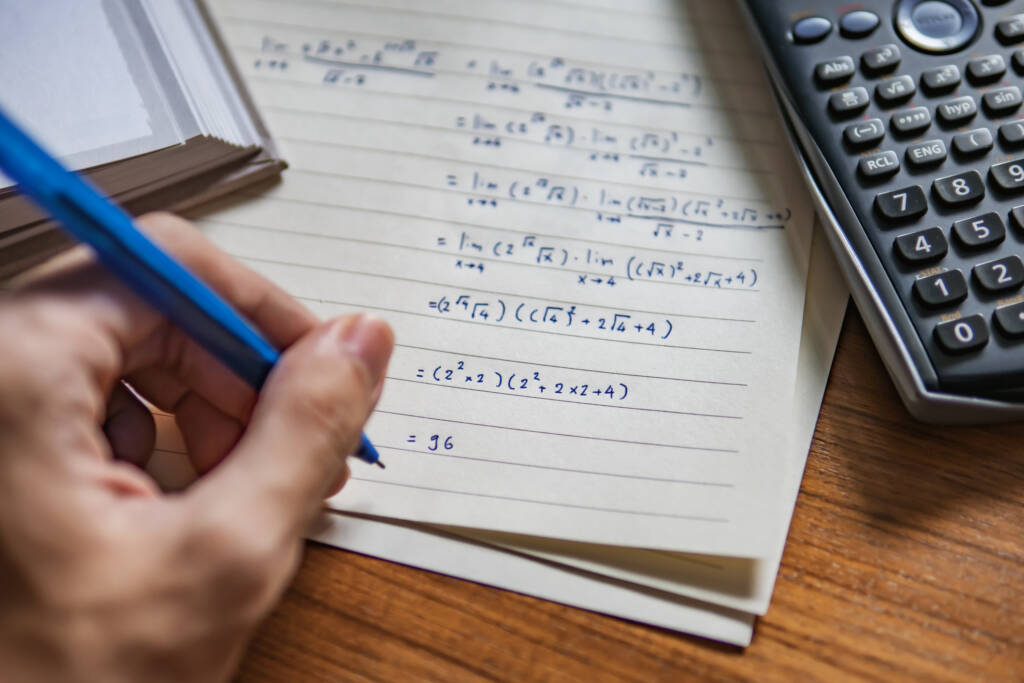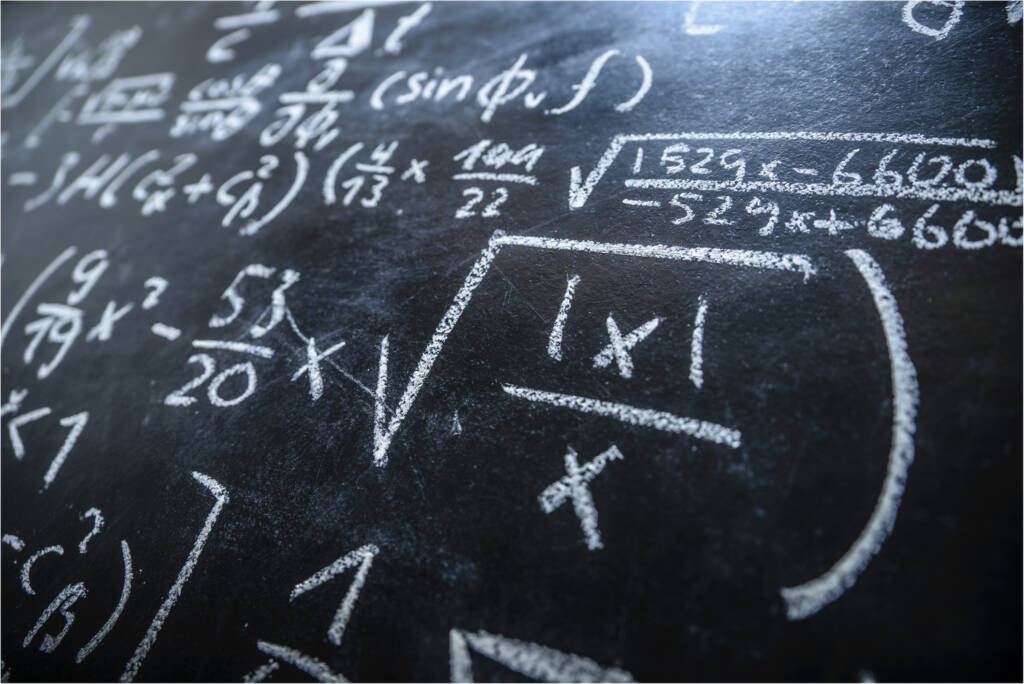
Consumer Math

Major Topics and Concepts
-
create and solve expressions and equations related to income
-
apply percent calculations to situations involving saving and spending money
-
calculate costs related to transportation
-
use math practices and skills to make informed consumer decisions
-
create and solve expressions and equations related to income
-
apply percent calculations to situations involving borrowing and paying back student loans and credit cards
-
calculate costs related to earning potential, education, and credit
-
use math practices and skills to make informed consumer decisions
-
create and solve expressions, equations, and inequalities related to living on your own
-
apply percent calculations, pie graphs, and bar graphs to situations involving saving and spending money
-
calculate costs related to monthly expenses
-
use unit rates, proportions, math practices, and skills to make informed consumer decisions
-
create and solve equations to help you save your money effectively
-
create and solve expressions and equations related to credit score
-
apply math practices, use graphs, and use equations to determine if renting or buying property is best for you
-
calculate costs related to mortgage loans
-
use geometric formulas to determine costs of materials
-
use math practices and skills to make informed consumer decisions
-
create and solve expressions and equations related to starting and growing your own business
-
analyze quadratic function graphs and apply percent calculations to situations involving growing your own business
-
create and solve proportions related to temperature, currency, and measurement conversions
-
use probability to determine the chances of winning
-
create and solve equations and expressions to recognize and avoid financial pitfalls
-
use unit rates, proportions, math practices, and skills to make informed consumer decisions
-
create and solve expressions and equations to determine taxable income
-
apply formulas to calculate and understand tax rates
-
create and solve expressions and equations to determine total retirement income and income from a pension and Social Security
-
calculate costs related to monthly expenses in retirement, including total medical costs
-
write linear functions that model line of best fit on a scatterplot to better understand inflation
-
create and solve systems of equations related to savings, distance, and cost comparisons
Competencies
Teenage Consumer Decision Making
Students will demonstrate an understanding of teenage consumer decision making by summarizing aspects of earning money, explaining aspects of banking, and solving spending and saving calculations.
Education Consumer Decision Making
Students will demonstrate an understanding of education consumer decision making by explaining career path earnings potential, explaining education path costs, and solving education cost calculations.
The Cost of Living Independently
Students will demonstrate an understanding of the cost of living independently by explaining the cost of living expenses, comparing spending and saving, and solving cost of living calculations.
Home Expenses Decision Making
Students will demonstrate an understanding of home expenses decision making by explaining credit scores, comparing the cost of renting and buying, and solving home cost calculations.
Costs of Financial Opportunities
Students will demonstrate an understanding of the costs of financial opportunities by summarizing business startup costs, explaining foreign currency conversions and solving conversion calculations.
Retirement Decision Making
Students will demonstrate an understanding of retirement decision making by comparing different types of retirement income, explaining taxes in retirement, and solving retirement calculations.

